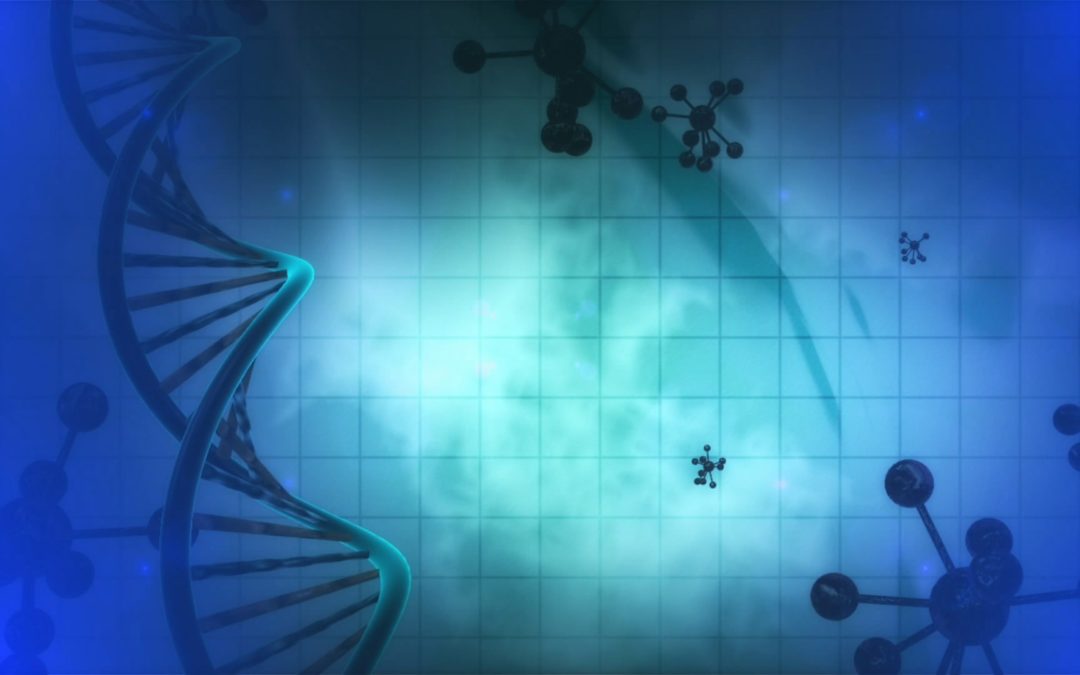10-30% of the the 40 million adults who struggle with depression have what is referred to as “treatment resistant depression.” This means that traditional first-line depression treatments, such as talk therapy and antidepressant medications, provide little or no symptomatic improvement. Depression is a serious medical condition—it is the #1 cause of disability in the United States! And, until recently, there had been no major advanced in the treatment of depression in almost 50 years. However, the discovery of ketamine for depression has opened new doors—and brought new hope—to those suffering.
Ketamine has been around for many decades. Introduced as an anesthetic during the Vietnam War, and later labeled as a party drug, in more recent years the drug has made headlines for its “miraculous” ability to improve the behavior and mood of individuals struggling with major depression, anxiety, PTSD and other psychiatric conditions. In March of 2019, the Food and Drug Administration (FDA) approved esketamine, an isomer of the ketamine molecule, which is administered via a nasal spray to treat patients who have not responded to two or more depression treatments. Ketamine and esketamine have received a lot of attention—and rightly so. IV ketamine is effective in up to 70% of patients, and works quickly, oftentimes delivering relief in as few as 1-2 infusions. Traditional antidepressants are effective in only 40% of the population, and can take 2-3 months to improve symptoms.
Mounds of studies have proven ketamine’s efficacy as a depression treatment. However, the exact mechanism behind how ketamine works has been a bit harder to understand. The theory behind ketamine’s success is that it helps the brain to reform healthy neural connections (synapses) where there may have initially been damage caused by stress or other types of mental anguish. Researchers have seen this neural re-growth take place in the brains of mice, and one new study dives even deeper into how ketamine works.
This most recent experiment was led by neuroscientist and psychiatrist Conor Liston at Weill Cornell Medicine. Using highly innovative equipment, the group of researchers observed mice that were put under chronic-stress, to stimulate depression-like symptoms. The scientists then treated the mice with ketamine to see what occurred in their brains, and how their behavior changed. One surprising finding was that the mice’s behavior improved within 3-hours of receiving ketamine, but it was not until about 12 to 24 hours later that the new healthy synapses began to form. The important thing to take away from this is that the reformation of healthy neural connections is a consequence of recovered circuit functionality—not the cause of it.
This study confirmed that ketamine does, in fact, work to relieve depressive symptoms. During the experiment, the team used light microscopes to observe small structures called spines, which they learned can become synapses if they persist for a few days. With this knowledge, the second part of their study comes into play.
The team also learned that blue light makes these synapses collapse after they’ve been reformed, counteracting the positive effects of ketamine. This has led researchers to ask: how do we improve the durability of these synapses once they are formed? This may lead to a more permanent relief for those who struggle with sever depression, anxiety and other moods disorders.
To read more about the full study and research, follow this link.

Contact Ketamine Greater Boston & Ketamine West Hartford
Ketamine Greater Boston and Ketamine West Hartford are two of the country’s leading ketamine clinics. We are also proud to be one of very few ketamine clinics to offer Spravato (esketamine). Contact us today to find out if you are a candidate, which treatment is right for you, and how to get started traveling your path towards hope, health and happiness.


Recent Comments